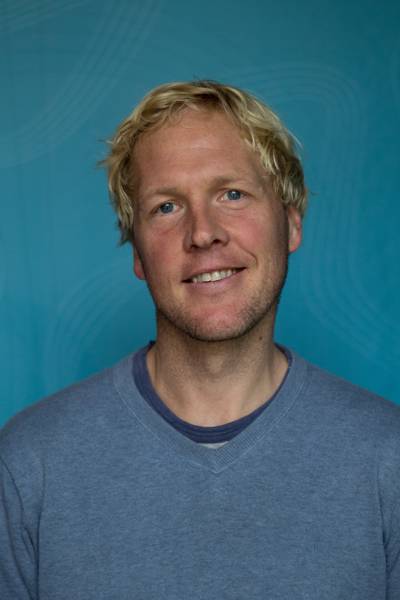Palestinian youth are growing increasingly disillusioned with their political leadership, and conditions seem ripe for new youth movements to appear. In the occupied territory (OPT), young Palestinians have serious and shared grievances: Occupation and almost daily loss of land to the Israeli state, deteriorating economic and social conditions, and repression from their own authorities. However, it has proven hard for youth activists to gain an independent voice, let alone to mount a challenge to the established and discredited political factions. Inside Israel disappointment with the assertive so-called Stand-Tall Generation and its limited actual influence in particular after the fatal October 2000 events has created a vacuum that Islamist student groups are currently exploiting successfully.
The present paper explores the contrasting experiences of youth activism in OPT and Israel. It starts by describing what forms of activism Palestinian youth are engaged in, as well as their political views and strategies. This description is wedded to an analysis that is carried out in terms of political opportunity structures, movement framing and social networks.
In OPT, Palestinian politics is complicated by the fact of Israeli occupation. Secondly, the unusual situation of a divided political entity that is also under occupation makes it difficult to formulate a simple, forceful message. Palestinian politics in Israel is complicated by their paradoxical predicament as Palestinian citizens of the Jewish state that affords them equal rights in theory but not in practice. Lastly, in both cases, youth activists have to navigate a complex political landscape, involving resource-rich, but foreign-funded NGOs and a political culture of vertically organized trust networks. Both make it difficult to create horizontal networks that can overcome internal Palestinian divisions. The paper analyzes how youth activists deal with these challenges, and what similarities and differences are found between Palestinian youth activism in OPT and in Israel.
The analysis draws on in-depth interviews with youth activists in Nablus, Ramallah, Bethlehem, Hebron and Gaza city, as well as in Jerusalem, Haifa, Tel Aviv and Beersheba. In addition two small surveys, one of 400 youth in the West Bank and Gaza from 2011 and another of 60 student activists in Israel, are employed to situate the data from the interviews in a wider context of youth concerns. Finally, data about activism from Palestinian and Israeli news sources are utilized.






